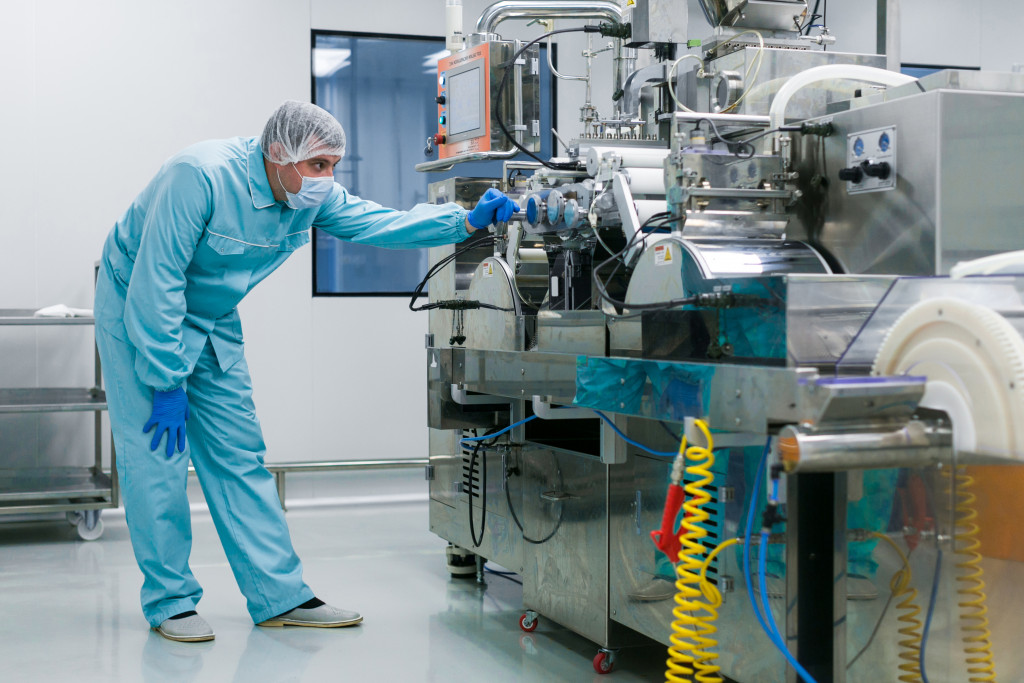There is a lot of debate on what technology will replace mass production in the food industry. One thing we can be sure of is that food production has changed drastically over the years and it’s likely to change again. This article will explore these changes and discuss their possible outcomes for the future of food production.
Changes in Food Production
1. The industrial revolution
The industrial revolution was a time of great transformation. It began in the late 1700s and continued into the 1800s. This period saw the rise of factories, which led to mass production. Factories were able to produce goods at a much faster rate than traditional craftsmen could. Food production was one of the areas that benefited from this change.
2. The age of mechanization

The age of mechanization began in the early 1900s and lasted until the late 1940s. This period saw the rise of machines that could do the work of many people. Machines replaced manual labor in many industries, including food production. Factories became even more automated and were able to produce food at a much faster rate.
3. The age of electronics
The age of electronics began in the late 1940s and continues to this day. This period has seen the rise of electronic devices that can do the work of many people. Machines have become even more automated and are able to produce food at an even faster rate. They use heavy injection molding products to speed up the process.
4. The age of robotics
The age of robotics is still in its infancy. Robotics are machines that can do the work of many people and they are becoming increasingly common in food production factories. They are able to handle delicate tasks and are very accurate. Robotics will likely play a larger role in food production in the future.
How Mass Production Affects Food Quality
1. The rise of mass production led to the rise of fast food.
The rise of mass production led to the rise of fast food. Fast food is food that is made in a factory, organized in chain restaurants, and is usually very unhealthy. It is designed to be cheap and easy to make. The quality of fast food is usually not very good but this type of food is becoming increasingly popular because it is affordable and convenient.
2. The rise of mass production led to the rise of processed food.
The rise of mass production led to the rise of processed food. Processed food is food that is made in a factory, designed to last longer than fresh food products. They can be unhealthy due to the number of preservatives in them but they allow food to be stored longer and makes cooking at home more convenient. They are in every store and supermarket, consumed by almost every individual because of convenience and cheap price.
3. The rise of mass production led to the decline of artisanal food.
The rise of mass production also led to the decline of artisanal food. Artisanal food is food that is made by hand and it is usually very healthy. They are usually of high quality because they are processed by hand, reducing machine damages and allowing for a well-managed production. But they are becoming increasingly rare because of the nature of their products. The labor that goes into processing these foods, the long periods needed to make them, and the high-quality yields from the process make them more expensive in the end.
4. The rise of mass production has led to a decline in the quality of food.
The rise of mass production has led to a decline in the quality of food. This is because machines cannot produce food with the same level of accuracy and care as humans can. The machines are also not as selective about the ingredients that they use, which can lead to the production of lower-quality food products. Additionally, the increase in demand for food has led to a decline in the quality of ingredients that are used in food production. This is because farmers are now growing crops for quantity rather than quality and many food processors are using low-quality ingredients in their products.
The Future of Food Production
If we want to see a future where the quality of our food improves, we need to look at the current state of food production and make some changes. Food manufacturers should invest in better machines that can easily be operated by humans, as well as invest in better ingredients to reduce unhealthy substances that go into the food that they produce. But in the meantime, consumers should pay more attention to the food that they buy. Preparing their meals from scratch using ingredients that they bought themselves can ensure that they are only consuming food that is both nutritious and of high quality.

